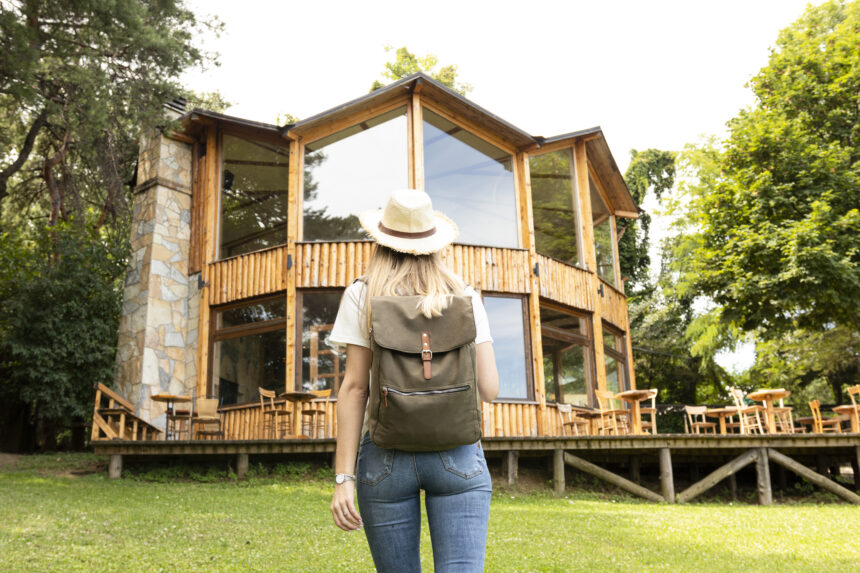Owning a log cabin home can be a dream come true for many people. These rustic and charming dwellings require specialized care and attention, including selecting the right home insurance plan. Insuring a log cabin home is different from insuring a traditional house, as there are unique considerations to keep in mind. Here are some tips to help you choose the right home insurance plan for your log cabin:
- Understand the Unique Risks: Log cabin homes have their own set of risks and vulnerabilities compared to conventional houses. For example, log homes are more susceptible to fire hazards due to the construction materials. They may also face challenges such as insect infestations, wood decay, and weather-related issues. It’s essential to understand these specific risks to ensure your insurance policy adequately covers them.
- Work with Insurance Providers Specializing in Log Cabin Homes: Seek out insurance providers who specialize in log cabin homes or have experience insuring unique and non-traditional properties. These providers will have a better understanding of the specific risks associated with log cabins and can offer tailored coverage options that meet your needs. They may also have access to specialized underwriting guidelines and can provide guidance on coverage limits and policy features specific to log cabin homes.
- Evaluate Replacement Cost Coverage: Log cabin homes often have unique construction materials and design elements that may not be easily replaceable. When selecting an insurance plan, ensure that it offers replacement cost coverage rather than actual cash value (ACV) coverage. Replacement cost coverage will pay to rebuild or repair your log cabin to its original condition without factoring in depreciation. This type of coverage provides better protection in the event of a loss.
- Consider Specialized Coverage for Log Cabin Features: Log cabins often have distinct features that may require additional coverage. For example, if your log cabin has a stone fireplace, custom-built woodwork, or a unique roof structure, consider adding specific endorsements to your policy to cover these features adequately. Discuss these details with your insurance provider to ensure that all your log cabin’s unique attributes are properly protected.
- Review Coverage for Outbuildings and Other Structures: Log cabin properties often include outbuildings such as sheds, barns, or detached garages. When selecting a home insurance plan, make sure it provides coverage not only for your log cabin but also for these additional structures on your property. Evaluate the coverage limits and consider increasing them if necessary to protect all the buildings on your premises.
- Consider Additional Coverage Options: In addition to the standard property and liability coverage, consider adding optional coverages that may be beneficial for log cabin homes. For example, if you use your log cabin as a vacation home or rental property, consider adding coverage for rental income loss or vacation rental liability. If you have valuable personal belongings in your log cabin, consider adding additional coverage for high-value items such as antiques or artwork.
- Take Preventive Measures: Insurance providers appreciate proactive steps taken by homeowners to mitigate risks. Implement preventive measures to protect your log cabin, such as installing fire and smoke alarms, security systems, and proper maintenance of the logs and exterior finishes. These preventive measures may make you eligible for discounts on your insurance premiums.
- Shop Around and Compare Quotes: Don’t settle for the first insurance quote you receive. Take the time to shop around and obtain multiple quotes from different insurance providers. Compare the coverage options, policy features, deductibles, and premiums. Ensure that you are not only getting the best price but also the coverage that best suits your log cabin’s specific needs.
In conclusion, choosing the right home insurance plan for your log cabin requires understanding the unique risks associated with log cabin homes, working with specialized insurance providers, and evaluating the coverage options and endorsements available. By following these tips, you can ensure that your log cabin is adequately protected and enjoy peace of mind in your rustic retreat.










